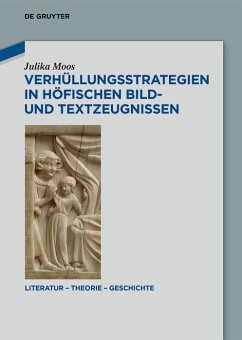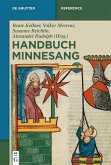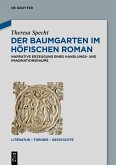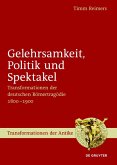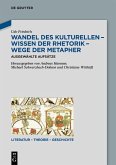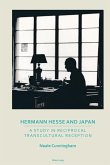Wie die Rezeption von Kunsterzeugnissen in der Adelskultur des höfischen Mittelalters genau aussah, ist ein Rätsel - dennoch wagt diese interdisziplinäre Studie den Vorstoß, über die gemeinsame Untersuchung von Elfenbeinschnitzereien und mittelhochdeutschen Erzähltexten herauszufinden, wie die Adelsgesellschaft wahrgenommen haben könnte. Mithilfe der kunstwissenschaftlichen Rezeptionsästhetik wird ein Raster werkinterner Techniken von Wahrnehmungslenkung entworfen, um rezeptionsseitige Blicksteuerung in Romanen wie Rudolfs
Willehalm von Orlens, Gottfrieds
Tristan, Wolframs
Titurel und Konrads
Partonopier und Meliur als spezifisches ästhetisches Konzept lesbar zu machen. Denn Blicke werden sowohl in den Bildzeugnissen als auch in höfischen Romanen oft als eingeschränkt, verhüllt oder gänzlich unmöglich dargestellt und deuten damit darauf hin, dass es mehr als das Offensichtliche zu sehen gibt. Die gemeinsame Betrachtung von Bildern und Texten legt nahe, dass die höfische Kultur über eigene Codes für das Unsichtbare verfügte, die als verborgene Rezeptionsanleitungen in den Werken erst dann zu erkennen sind, wenn die subtilen Blicklenkungen als medienübergreifende ästhetische Strategie offenbart werden.
Dieser Download kann aus rechtlichen Gründen nur mit Rechnungsadresse in A, B, BG, CY, CZ, D, DK, EW, E, FIN, F, GR, HR, H, IRL, I, LT, L, LR, M, NL, PL, P, R, S, SLO, SK ausgeliefert werden.

